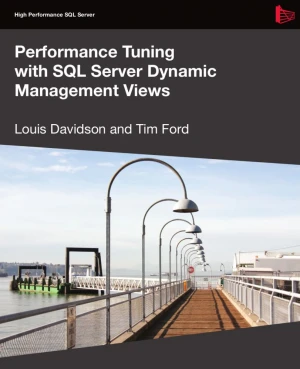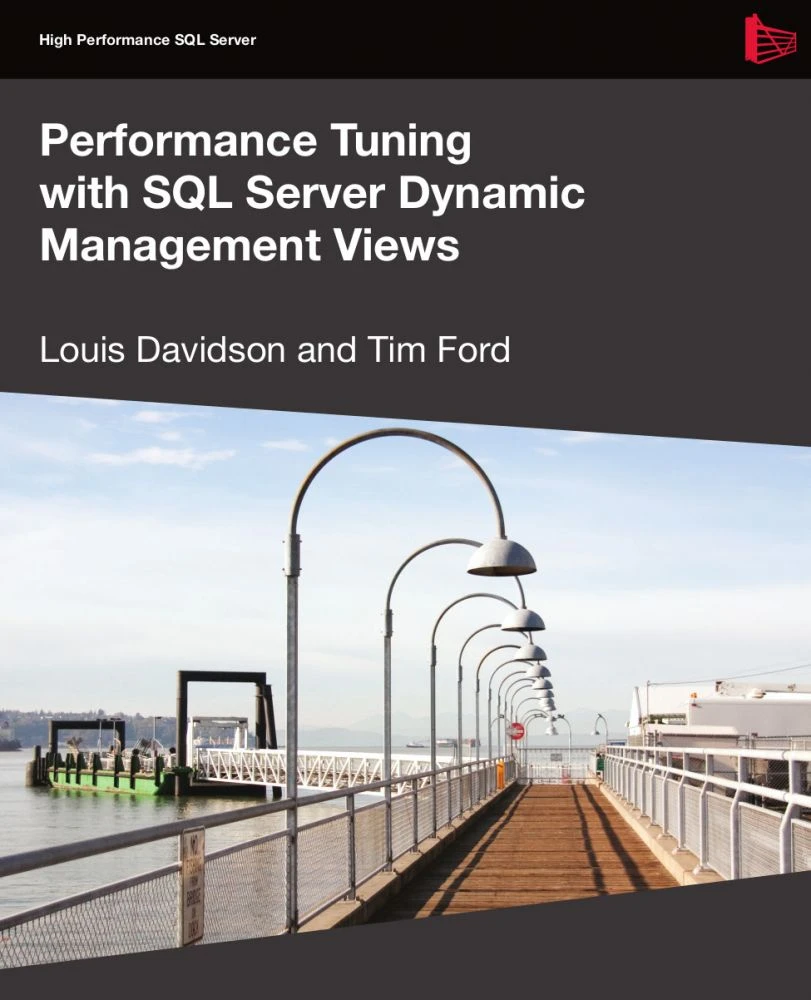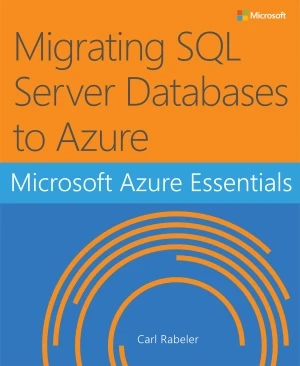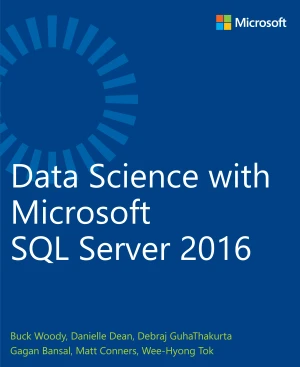Performance Tuning with SQL Server Dynamic Management Views


Book Details
| Authors | Louis Davidson, Tim Ford |
| Publisher | Red Gate |
| Published | 2010 |
| Edition | 1st |
| Paperback | 326 pages |
| Language | English |
| ISBN-13 | 9781906434465 |
| ISBN-10 | 1906434468 |
| License | Open Access |
Book Description
Dynamic Management Views (DMVs) are a significant and valuable addition to the DBA's troubleshooting armory, laying bare previously unavailable information regarding the under-the-covers activity of your database sessions and transactions.
Why, then, aren't all DBAs using them? Why do many DBAs continue to ignore them in favour of "tried and trusted" tools such as sp_who2, DBCC OPENTRAN, and so on, or make do with the "ready made" reports built into SSMS? Why do even those that do use the DMVs speak wistfully about "good old sysprocesses"?
There seem to be two main factors at work. Firstly, some DBAs are simply unaware of the depth and breadth of the information that is available from the DMvs, or how it might help them troubleshoot common issues. This book investigates all of the DMVs that are most frequently useful to the DBA in investigating query execution, index usage, session and transaction activity, disk IO, and how SQL Server is using or abusing the operating system.
Secondly, the DMVs have a reputation of being difficult to use. In the process of exposing as much useful data as possible, sysprocesses has been de-normalized, and many new views and columns have been added. This fact, coupled with the initially-baffling choices of what columns will be exposed where, has lead to some DBAs to liken querying DMVs to "collecting mystic spells".
In fact, however, once you start to write your own scripts, you'll see the same tricks, and similar join patterns, being used time and again. As such, a relatively small core set of scripts can be readily adapted to suit any requirement. This book is here to de-mystify the process of collecting the information you need to troubleshoot SQL Server problems. It will highlight the core techniques and "patterns" that you need to master, and will provide a core set of scripts that you can use and adapt for your own systems, including how to:
- Root out the queries that are causing memory or CPU pressure on your system
- Investigate caching, and query plan reuse
- Identify index usage patterns
- Track fragmentation in clustered indexes and heaps
- Get full details on blocking and blocked transactions, including the exact commands being executed, and by whom.
- Find out where SQL Server is spending time waiting for resources to be released, before proceeding
- Monitor usage and growth of tempdb
The DMVs don't make existing, built-in, performance tools obsolete. On the contrary, they complement these tools, and offer a flexibility, richness and granularity that are simply not available elsewhere. Furthermore, you don't need to master a new GUI, or a new language in order to use them; it's all done in a language all DBAs know and mostly love: T-SQL.
This book is published as open-access, which means it is freely available to read, download, and share without restrictions.
If you enjoyed the book and would like to support the author, you can purchase a printed copy (hardcover or paperback) from official retailers.
Download and Read Links
Share this Book
[localhost]# find . -name "*Similar_Books*"
Migrating SQL Server Databases to Azure
SQL Server is Microsoft's relational database management system (RDBMS). SQL Server can now be hosted entirely in Microsoft Azure, either in a hosted virtual machine (VM) or as a hosted service. Hosting a virtual machine in Azure is known as infrastructure as a service (IaaS), and hosting a service in Azure is known as platform as a service (PaaS).
Data Science with Microsoft SQL Server 2016
R is one of the most popular, powerful data analytics languages and environments in use by data scientists. Actionable business data is often stored in Relational Database Management Systems (RDBMS), and one of the most widely used RDBMS is Microsoft SQL Server. Much more than a database server, it's a rich ecostructure with advanced analytic capab
Defensive Database Programming with SQL Server
Resilient T-SQL code is code that is designed to last, and to be safely reused by others. The goal of defensive database programming, the goal of this book, is to help you to produce resilient T-SQL code that robustly and gracefully handles cases of unintended use, and is resilient to common changes to the database environment. Too often as develop
Protecting SQL Server Data
In Protecting SQL Server Data, John Magnabosco demonstrates how sensitive data, stored in SQL Server, can be protected using an efficient and maintainable encryption-based data architecture. He explains how to assess and categorize data elements according to sensitivity, regulate access to the various categories of data using database roles, views
SQL Server Execution Plans, 3rd Edition
If a query is performing poorly, and you can't understand why, then that query's execution plan will tell you not only what data set is coming back, but also what SQL Server did, and in what order, to get that data. It will reveal how the data was retrieved, and from which tables and indexes, what types of joins were used, at what point filtering,
SQL Server Hardware
SQL Server Hardware will provide the fundamental knowledge and resources you need to make intelligent decisions about choice, and optimal installation and configuration, of SQL Server hardware, operating system and the SQL Server RDBMS. Relational databases place heavy demands on their underlying hardware and many of these databases are mission-cri






